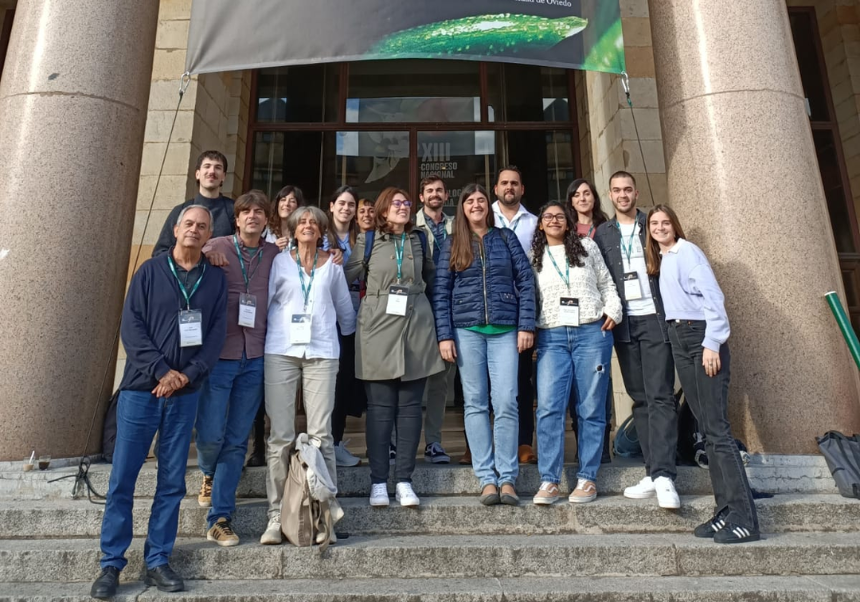Animals play multiple roles in benefiting human society, encompassing companionship, sports, work, and notably, the indispensable provision of animal-derived food essential for human nutrition. Acknowledging the historical and ongoing significance of these roles, it is imperative to underscore the economic importance of livestock farming and the environmental contributions made by certain species, such as the vital role of honeybees (Apis mellifera).
From the early stages of animal domestication, the potential for the spread of pathogens among mass-reared animals became evident, mirroring challenges faced by human populations. Addressing this issue is crucial, not only for animal welfare but also to safeguard public health, ensuring food safety, and maintaining a stable food supply. The threat of zoonotic diseases highlights the interconnectedness between animal and human health, emphasizing the strategic importance of animal health in the context of sustainability and competitiveness in livestock production.
Recent global crises, triggered by diseases like avian influenza, foot-and-mouth disease, and bluetongue fever, underscore the economic repercussions and the importance of consumer trust in maintaining consumption levels during health crises. According to data from the OIE (World Organisation for Animal Health), diseases contribute to 20% of losses in animal production, emphasizing the need for effective control to prevent resource-intensive (land for raw material production, water, etc.) increases in food production. This, in turn, would entail an increased volume of organic waste to manage, underscoring the pivotal role of animal health in preserving the environment. It is imperative to consider not only edible organisms but also the case of pollinators, like honeybees; the impact of their diseases poses a threat to crop production. Consequently, promoting research, technological development, and innovation is crucial for addressing the health and sanitary challenges faced by different species and existing production models.
Maintaining optimal conditions on livestock farms involves rigorous hygiene practices and responsible handling of food and substrates. Despite these precautions, infections can arise from various organisms, including viruses and invertebrates. Addressing the latter, the research group has dedicated over 30 years to the study of invertebrate pathology, focusing on the use of invertebrate pathogens for efficient and sustainable control of pest invertebrate species. Our primary focus on controlling lepidopteran pests has been expanded lately to combating parasites like Varroa destructor, an ectoparasitic mite of bees, as well as to the control of parasitic nematodes.
V. destructor inflicts severe damages on honeybee colonies worldwide. Colonies affected by varroosis cannot survive more than 2-3 years without effective management. In Spain, there is substantial concern about this issue, as nearly every hive exhibits some degree of parasitism. According to OECD guidelines, this level is significant in 50-60% of the colonies. The mite causes direct damage through feeding but also as a vector for a range of viruses, interfering with the immune response of bees to viral infections. In Spain, the National Plan for the Control of Bee Diseases, regulated by the Royal Decree (RD 608/2006), aims to ensure that apiaries maintain honeybee colonies at an adequate level of health and safety. To achieve this, beekeepers must apply a acaricide treatment between September and November each year. Depending on the specific situation of each apiary, a second treatment might be also recommended. In recent decades, V. destructor populations have faced intense selection pressure, leading to numerous reports of resistance to the main acaricides in use. This is an alarming scenario, given that there is still no coordinated plan to detect and assess levels of resistance to any of these compounds aiming to implement an Integrated Management of the parasite.
On the other hand, parasitic nematodes in animals are known to be one of the major factors capable of interfering with animal production, leading to setbacks in animal growth that can ultimately result in death. This increases the cost of veterinary services and entails significant losses in the economic sector of livestock farming. Some of these parasitic nematodes can be transmitted through soil and have the capacity to infect humans, potentially affecting nearly a billion people worldwide. Fortunately, there are currently four treatments available for nematode control, both in humans and animals, with the use of benzimidazoles being the most widely used for treating the resulting diseases. However, side effects, incomplete efficacy, environmental issues, and the development of resistance have prompted the search for new alternatives.
Bacillus thuringiensis (Bt) is a gram-positive soil bacterium that is universally distributed. It has the ability to produce crystalline inclusions during the sporulation phase, containing one or more proteins with activity against invertebrates. These proteins are known as Cry proteins, Cry toxins, or Bt toxins. Currently, over 300 genes encoding Bt proteins have been identified. While some of these proteins have traditionally been employed for crop protection, it has been observed that there are seven families of Cry proteins (Cry5, App6, Cry12, Cry13, Cry14, Cry21, and Xpp55) that exhibit nematicidal activity. Due to the high toxicity, specificity against nematodes, and harmlessness to vertebrates displayed by Cry proteins, they can be considered a new tool for gradually replacing synthetic antiparasitics and for treating nematodes that are most harmful to vertebrates. The first case demonstrating the toxicity of a Cry protein against a parasitic nematode was carried out against the free-living life stages of a rat parasite (Nippostrongylus brasiliensis). It was intoxicated or died when fed with E. coli expressing Cry5B, Cry14A, or Cry21A protein. Other studies have also yielded promising results against parasitic nematodes of vertebrates.













